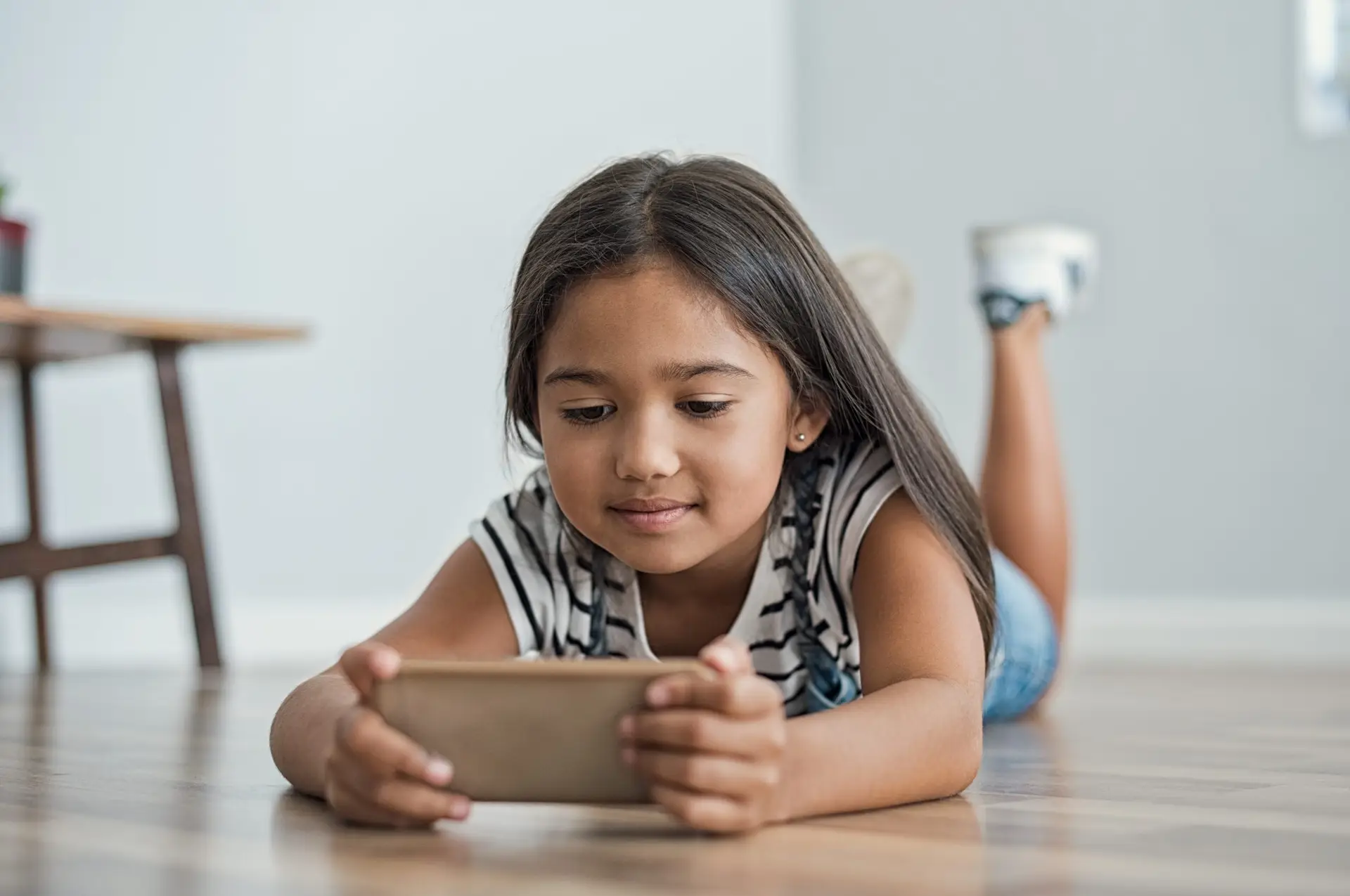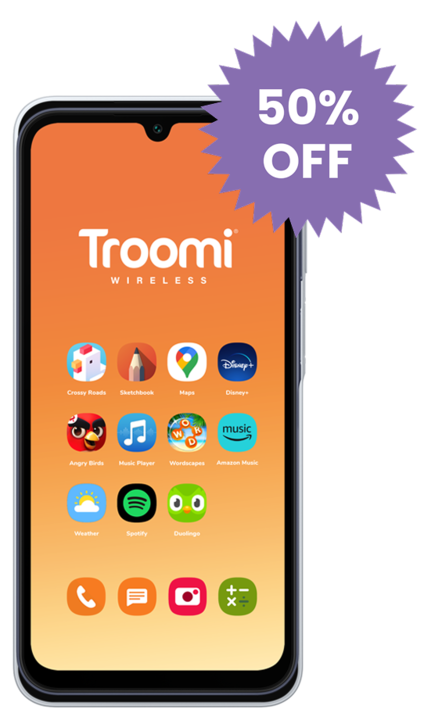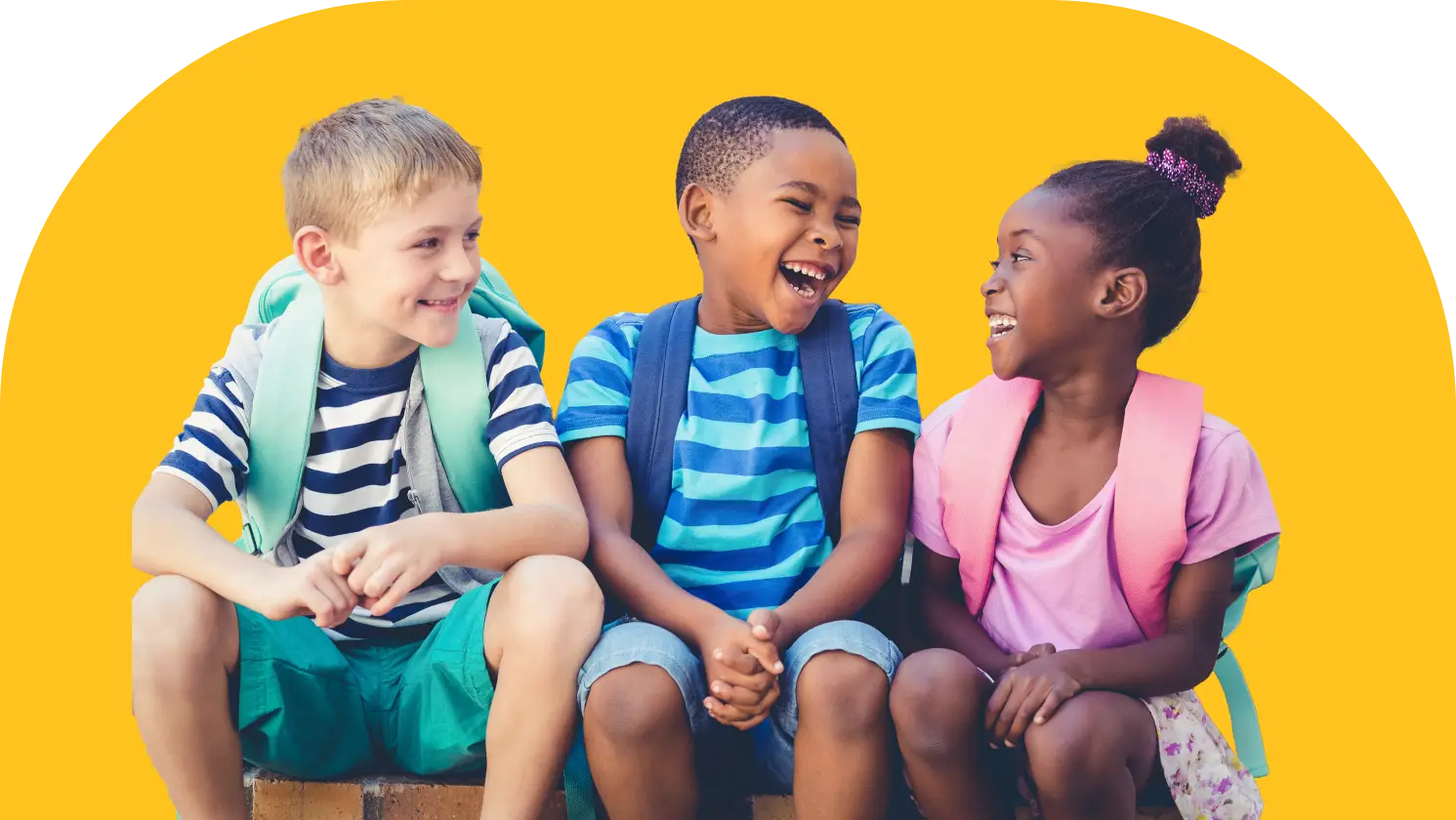Before going to visit her in-laws in Mexico, my sister spent several months doing her best to learn Spanish in preparation. She used a language learning app to help her on her language journey, but what about her two daughters? They were too young to learn language through reading so how did they prepare?
Language Learning at All Ages
Each child is unique, so how they learn language will change from child to child, but research has agreed that the best time to start teaching a child a language is when they’re young. In fact, younger than you might expect. In fact, experts have said that the best time for kids to learn a language is before they are six. This is before most kids learn to read independently (averaging at ages six and seven).
Benefits to Language Learning
There are more advantages to learning to speak a new language than just being able to speak and read the language itself. Kids are introduced to new cultures and countries through language. Learning other languages also increases a child’s ability to problem solve and think critically.
How Do Kids Learn Language?
Building and developing an environment for learning is a critical first step to learning language, especially for kids, but what does a pressure-free and stress-free environment actually look like?
Make language learning a judgment-free activity. Mistakes will happen, but make sure your child doesn’t feel shame for making mistakes.
Encourage them to be brave. Learning something like language can be scary. Show your child what bravery looks like through your example.
Prepare for the long haul. Language learning doesn’t happen in a day. Get ready to support, teach, and learn for the 400 to 2200 hours it takes to learn a new language.
Here at Troomi, we believe in teaching our kids how to control their time on tech and develop their skills. There are some wonderful ways to use tech to learn languages (we’ll go over some great apps later), but what are some ways that we can teach kids offline?
Ways to Teach Kids Language
Experts have said that language is learned through the ears and eyes. Let’s use both to teach our kids.
Talk the talk. Coined as “parentese,” baby talk can actually help babies learn language. As kids learn more and get older, it can be beneficial to speak to them in longer, more complicated sentences in the target language.
Utilize enrichment tools and activities. Read kids bilingual books, sing them songs in the language, and check out language learning apps for kids. You can also show them cartoons and other media in the target language. Put sticky notes on objects around the house and label them in the target language.
Have fun! Get kids moving around and playing games to teach them action verbs. For example, say the word for throw and then throw a ball.
Expose them to the language. If possible, have your kids spend time talking with a native speaker. If someone in your household speaks the target language, have them speak with the child only in that language.
Language Learning Apps for Kids
With everything from classes to books to phone apps, there are many resources available for kids and parents to learn language. Let’s look at the best language learning apps for kids. (And check out this resource for a few more apps!)
Duolingo. This app is a great starting place to learn languages. They have a friendly interface that teaches vocabulary, pronunciation, reading, and writing skills. The app is free with ads. Troomi is such a fan that we’ve included Duolingo as a KidSmart® safe app on our smartphones. Check out our plans and other educational apps.
Little Pim. This app is designed specially for children under 6 years old. It teaches twelve languages through videos, lessons, and activities. Their videos are also ad-free. While the first month is a free trial, it does require a paid subscription to access it after that first month.
Gus On The Go. This app has interactive lessons and games. The app costs $3.99 and offers a few lessons that are short, yet engaging. There are also animations and exercises to teach vocabulary.
Rosetta Stone. Rosetta Stone is a language learning service that has been around for a long time. It offers support, immersion, and even live coaching. It’s a more expensive resource for language learning but many consider it well worth the price.
Language learning can be difficult, rewarding, and beneficial. Teaching kids language can be even more so. Remember to keep the learning environment comfortable and encouraging, and you’ll all do great. ¡Buena suerte! (That means good luck!)


